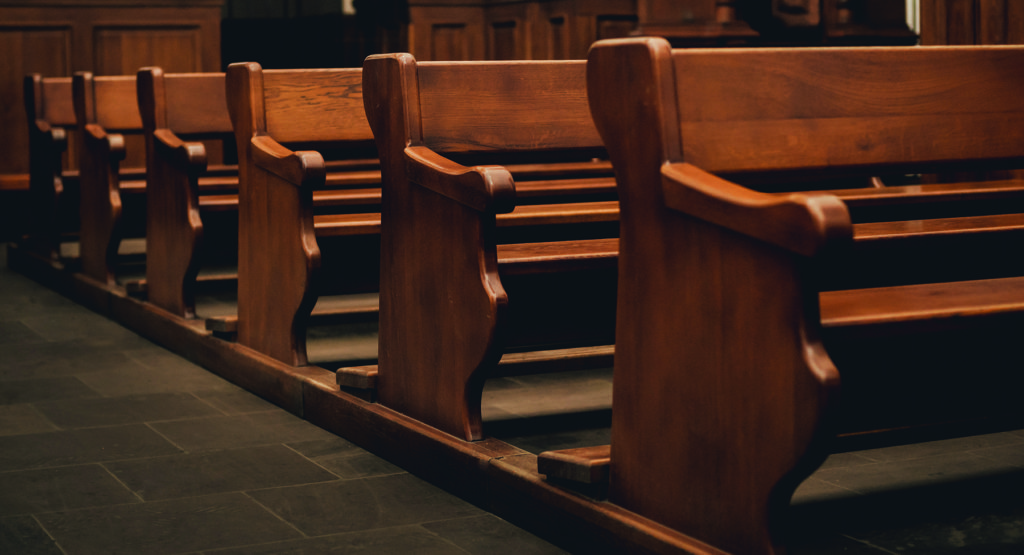
Dec 26, 2018
By Katrina Goodrich
“Various measures indicate that Americans remain deeply interested in connecting with God, but fewer and fewer retain enthusiasm about doing so in a conventional church setting or through long-standing religious institutions. Millions of Americans are currently marking time until new, more appealing avenues of faith expression and experience are developed and accessible.” —The Barna Group, 2011
More and more the question asked in a church, from the pulpit to the pews, is “where are all the people?” Remember the old nursery rhyme/finger game that goes, “Here is the church, here is the steeple, look inside and see all the people?” These days the last line would be more akin to “where are all the people?” There are many reasons why the good ole church weekly attendance rate is down and I’m sure there are whole books devoted to puzzling out the question of the empty pews—but that doesn’t change the fact that they are empty. Even Christians are unenthusiastic about conventional church settings. According to the Barna group, there is interest in connecting with God but religious institutions are not where people are seeking to make this connection. Again, there are a variety of reasons for this.
With the trend leaning away from a conventional religious service and the general indifference to regular church attendance pervading society, what do we as Christians do? I believe it is important for the individual to attend church. First of all, existing Christians need to make involvement in their local church a priority. Yes, there are Sabbaths that attending service isn’t going to be feasible, but making it a priority means that if there is a way, you’ll be there. We have to exercise self-discipline in this area and be willing to make the spiritual commitment.
“One of the keys to understanding where we are headed,” explained George Barna, “is how willing people are to engage in acts of self-discipline. We see such restraint being forced on people economically. We are not seeing evidence of such discipline in areas such as moral values or spiritual commitment.”
Second, we have to realize we aren’t going to convince people they need to go to church by singing a few hymns and sitting in a service for an hour every week. People who aren’t attending church already typically won’t just wander in to service. We can no longer be passive about talking nicely to the stranger who shows up at church one day and think that’s good enough.
Involvement in the community as a church body—truly connecting with people outside your own membership where they are, instead of expecting them to come to you—is the great commission. Jesus modeled this for us time and time again throughout the New Testament. He met people where they were, even the unclean and uncouth, and He didn’t just speak to them, He provided for their needs because it is extremely difficult to recognize spiritual needs if more basic needs are not met. Yes, Jesus did a fair amount of preaching, but most of His stories center around Him at work in the community. So in order to truly follow Him we need to do the same. But we don’t have to do it alone; we have the opportunity to bring our church along with us. We don’t need to serve our community by ourselves and single handedly fix the world. Now for some ideas…Bueller?!
For the next year I hope to bring you a variety of ideas from SDB churches across the country focusing on what they are doing to bring their churches into the community. It’s time to share ideas and go outside the walls of our church buildings to draw people to Christ.


